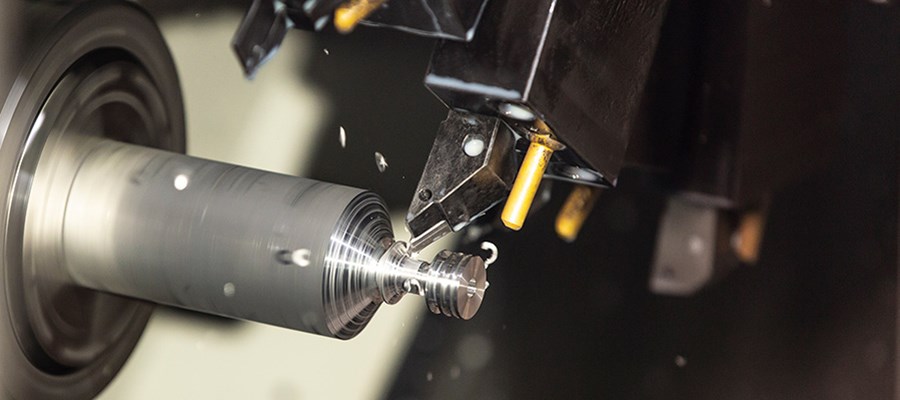
High-Performance Oxide Dispersion-Strengthened Alloys can be used in next-generation nuclear reactors
The nuclear industry has high requirements on the reliability of reactor component materials, requiring the materials to have good radiation resistance, high temperature creep properties and resistance to void expansion, because the materials will form cavities when exposed to neutron radiation, resulting in Mechanical failure. Oxide dispersion-strengthened alloys have good high-temperature creep properties, maintain stiffness without deformation at high temperatures, and most of them can withstand high temperatures of 1000 °C, but traditional commercial oxide dispersion-strengthened alloys have a defect, that is, they are subjected to extreme neutrons.


The resistance to void expansion when irradiated is weak. In March 2021, the Texas A&M Engineering Experiment Station, Los Alamos National Laboratory, and Hokkaido University in Japan jointly developed a next-generation high-performance oxide dispersion-strengthened alloy that can be used in nuclear fission and fusion reactors. The new oxide dispersion strengthened alloy overcomes this problem by embedding nano-oxide particles into the martensitic metallographic structure, minimizing void expansion, and the resulting oxide dispersion strengthened alloy can withstand up to 400 per atom. It is one of the most successful alloys developed in this field in terms of high temperature strength and swelling resistance.
Currently, the U.S. Army, Navy and Marine Corps are conducting trials and verifications of lightweight composite cartridges to replace traditional brass metal cartridges. In May 2021, the Marine Corps has completed the laboratory environmental performance verification of the 12.7mm composite cartridge bullet and is ready to conduct field trials. Different from traditional brass bullets, MAC uses a combination of plastic and brass casings to reduce the weight of the bullet by 25%, increasing the ammunition carrying capacity of ordinary infantrymen from 210 to 300 rounds.

In addition, this lightweight bullet has higher accuracy, muzzle velocity and better ballistic performance. When shooting with composite shell bullets, due to the poor thermal conductivity of plastic, the heat of the bullet is not easily transferred to the barrel and barrel, which can reduce the heat accumulation on the barrel and in the barrel during rapid firing, slow down the wear and tear of the barrel material. Ablation, extending the life of the barrel. At the same time, the reduced heat build-up in the barrel and chamber allows the rifle or machine gun to keep firing longer.


If you use the M113 rapid-fire machine gun to quickly fire 1500 rounds of brass bullets, the bullet will burn due to the high heat in the barrel (the temperature is too high to ignite the ammunition in the bullet), and fire spontaneously; while the M113 rapid-fire machine gun is used to quickly fire composite material bullets When firing, the temperature in the barrel and chamber is 20% lower than when firing brass-cased bullets, and the number of bullets fired has also increased to 2,200 rounds.
If the test passes, the Marine Corps may use 12.7mm composite bullets to replace the active brass bullets to reduce the weight of the ammunition.

Post time: Jul-25-2022
